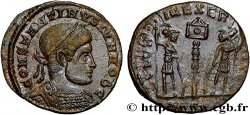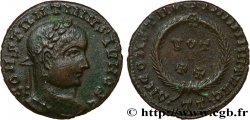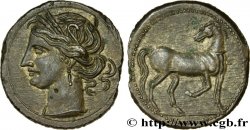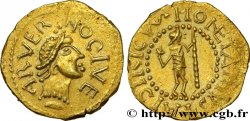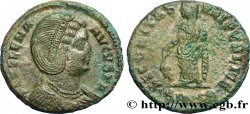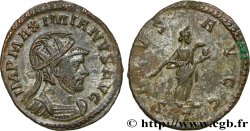Live auction - brm_479085 - CONSTANTINUS II Centenionalis ou nummus
Sie müssen angeschlossen sein und von cgb.fr genehmigt werden, um in einer E-Auktion teilzunehmen.Melden Sie sich an, um zu wetten..Die Kontobestätigungen sind innerhalb von 48 Stunden nach Ihrer Anmeldung gemacht.Warten Sie nicht bis die letzten zwei Tage vor dem Abschluss eines Verkaufs, um Ihre Registrierung abzuschließen. Klickend "BIETEN" verpflichten Sie sich vertraglich, diesen Artikel zu kaufen und Sie nehmen ohne Reserve die allgemeinen Verkaufsbedingungen für den live auctions zu cgb.fr an.
Der Verkauf wird an der Zeit auf der Übersichtsseite angezeigt geschlossen werden. Angebote, die nach der Schließung Zeit empfangen sind, werden nicht gültig.
Bitte beachten Sie, dass die Fristen für die Einreichung Ihres Angebots auf unsere Server können variieren und es kann zur Ablehnung Ihres Angebots entstehen, wenn es in den letzten Sekunden des Verkaufs gesendet wird. Die Angebote sollen mit ganzer Zahl ausgeführt sein, Sie können Kommas oder des Punktes in Ihrem Angebot nicht erfassen. Bei Fragen klicken Sie hier, um einen Blick auf die FAQ Live-Auktionen.
Alle Gewinngebote unterliegen einem Aufschlag von 18 % für Verkaufskosten.
Alle Gewinngebote unterliegen einem Aufschlag von 18 % für Verkaufskosten.
| Schätzung : | 2 000 € |
| Preis : | 950 € |
| Höchstgebot : | 950 € |
| Verkaufsende : | 05 Juni 2018 15:00:36 |
| Bieter : | 1 Bieter |
Type : Centenionalis ou nummus
Datum: 321-322
Name der Münzstätte / Stadt : Lyon
Metall : Kupfer
Durchmesser : 18,5 mm
Stempelstellung : 6 h.
Gewicht : 3,19 g.
Seltenheitsgrad : R3
Kommentare zum Erhaltungszustand:
Exemplaire sur un flan ovale parfaitement centré avec les grènetis complets. Portrait de Constantin II magnifique tout à fait exceptionnel. Revers bien venu à la frappe. Belle patine marron foncé
N° im Nachschlagewerk :
Pedigree :
Cet exemplaire provient de la collection Philippe Lacoste
Vorderseite
Titulatur der Vorderseite CONSTANTINVS IVN N C.
Beschreibung Vorderseite Buste lauré et cuirassé de Constantin II à droite, vu de trois quarts en avant, levant la main droite (J*).
Übersetzung der Vorderseite “Constantinus Iunior Nobilissimus Cæsar”, (Constantin le jeune très noble césar).
Rückseite
Titulatur der Rückseite BEATA TRAN-QVILLITAS/ VO/ TIS/ XX/ C|R// PLG.
Beschreibung Rückseite Autel inscrit surmonté d'un globe et de trois étoiles.
Übersetzung der Rückseite “Beata Tranquillitas/ Votis vicennalibus”, (L’heureuse Tranquillité/ Vœux pour le vingtième année de règne).
Kommentare
Rubans de type 3 aux extrémités bouletées. La main droite est présentée relevée dans l’attitude de l’Adlocutio (harrangue) ou de l’Adventus (salutation à l‘arrivée). P. Bastien a recensé seulement deux exemplaires pour ce type de buste (J*) pour la période. Même coin de droit que les exemplaires des musées de Berlin et de Vienne (B. 136 a et b, pl. VIII). Au revers, les lettres dans le champ C|R pourraient être les initiales de “Claritas Reipublicæ” pour l’éclat de la République. Le globe semble orné d’une croisette cantonnée de quatre globules comme au droit. C’est le troisième exemplaire publié. Manque à la collection du Cabinet des médailles de la BnF. Prendra le numéro 136c dans le Supplément III du Bastien. C’est la première fois que nous présentons un exemplaire avec ce type de buste (J*).
Type 3 ribbons with rounded ends. The right hand is presented raised in the attitude of Adlocutio (harrangue) or Adventus (greeting on arrival). P. Bastien has identified only two examples for this type of bust (J*) for the period. Same obverse die as the examples in the museums of Berlin and Vienna (B. 136 a and b, pl. VIII). On the reverse, the letters in the field C|R could be the initials of “Claritas Reipublicæ” for the brilliance of the Republic. The globe seems to be decorated with a crosslet surrounded by four globules as on the obverse. This is the third example published. Missing from the collection of the Cabinet des médailles of the BnF. Will take the number 136c in Supplement III of Bastien. This is the first time that we present an example with this type of bust (J*)
Type 3 ribbons with rounded ends. The right hand is presented raised in the attitude of Adlocutio (harrangue) or Adventus (greeting on arrival). P. Bastien has identified only two examples for this type of bust (J*) for the period. Same obverse die as the examples in the museums of Berlin and Vienna (B. 136 a and b, pl. VIII). On the reverse, the letters in the field C|R could be the initials of “Claritas Reipublicæ” for the brilliance of the Republic. The globe seems to be decorated with a crosslet surrounded by four globules as on the obverse. This is the third example published. Missing from the collection of the Cabinet des médailles of the BnF. Will take the number 136c in Supplement III of Bastien. This is the first time that we present an example with this type of bust (J*)







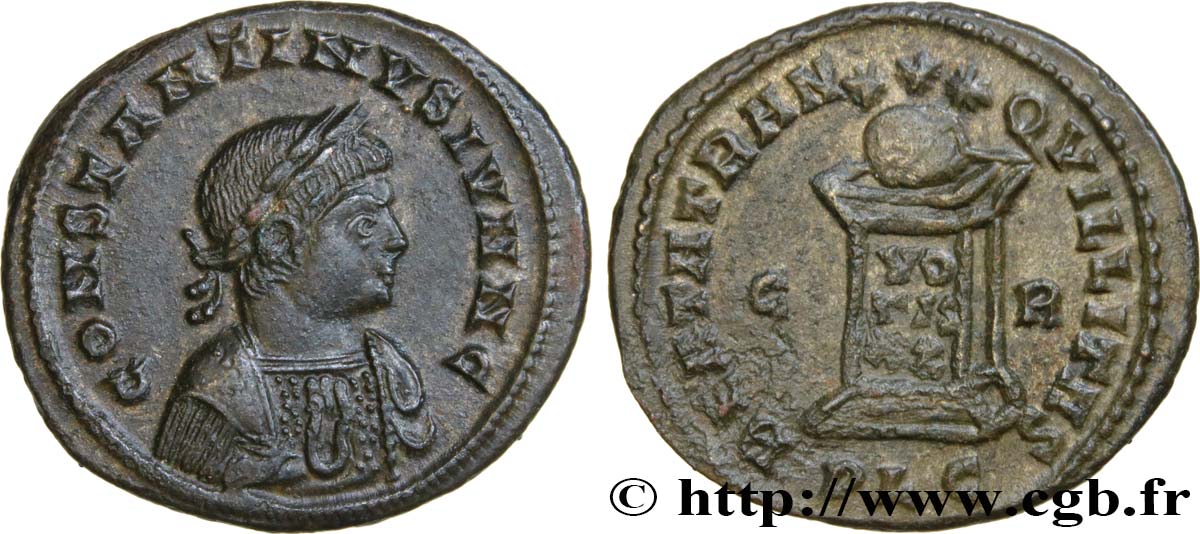
 Berichten über einen Fehler
Berichten über einen Fehler Die Seite drucken
Die Seite drucken Teilen meiner Auswahl
Teilen meiner Auswahl Stellen Sie eine Frage
Stellen Sie eine Frage Einlieferung/Verkauf
Einlieferung/Verkauf
 Details
Details

